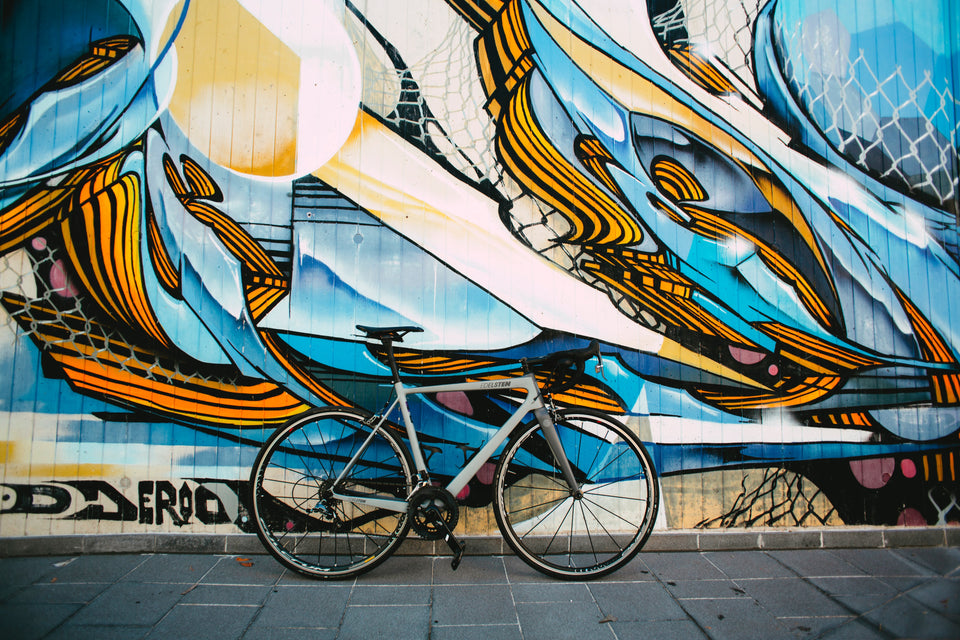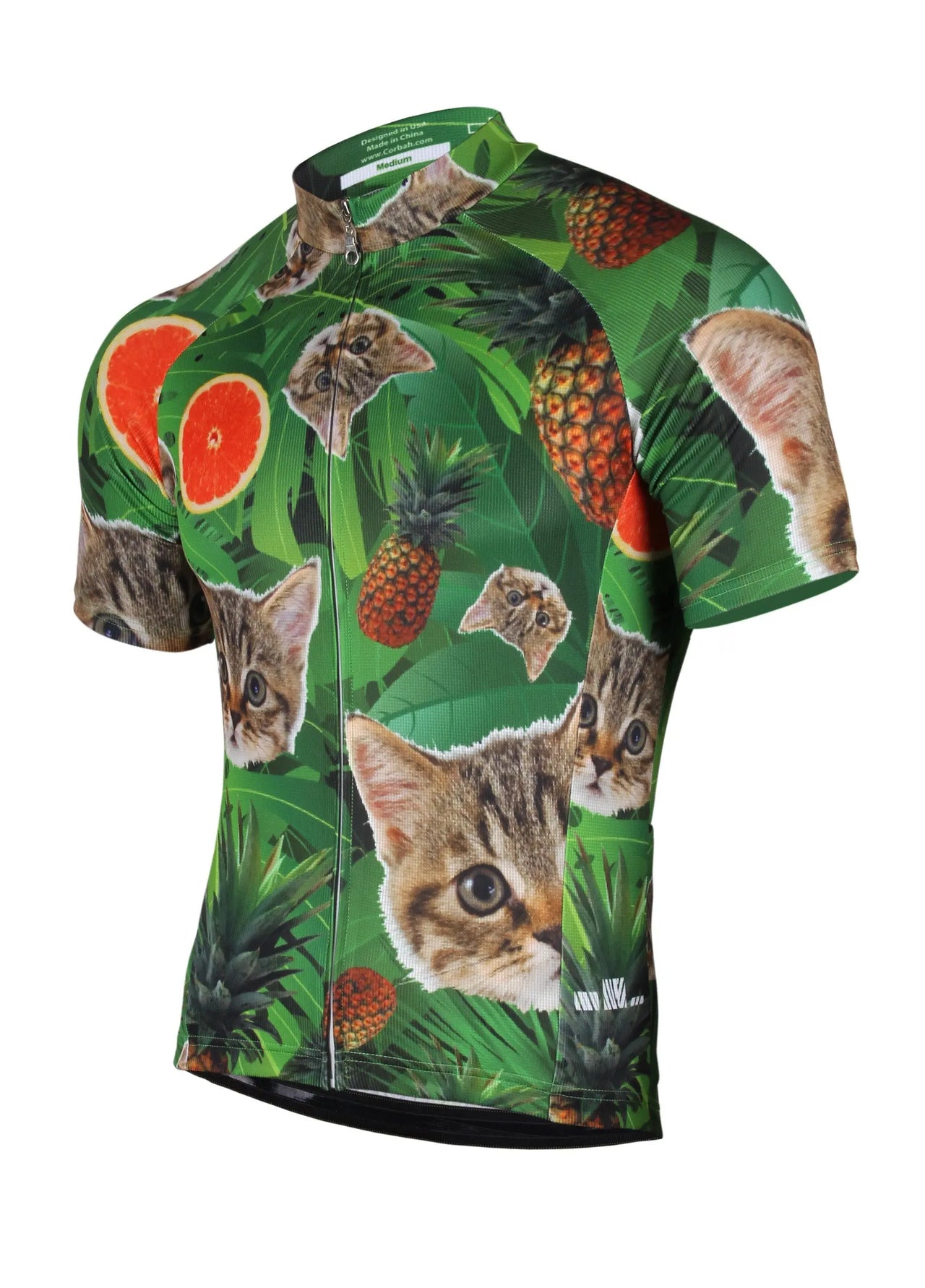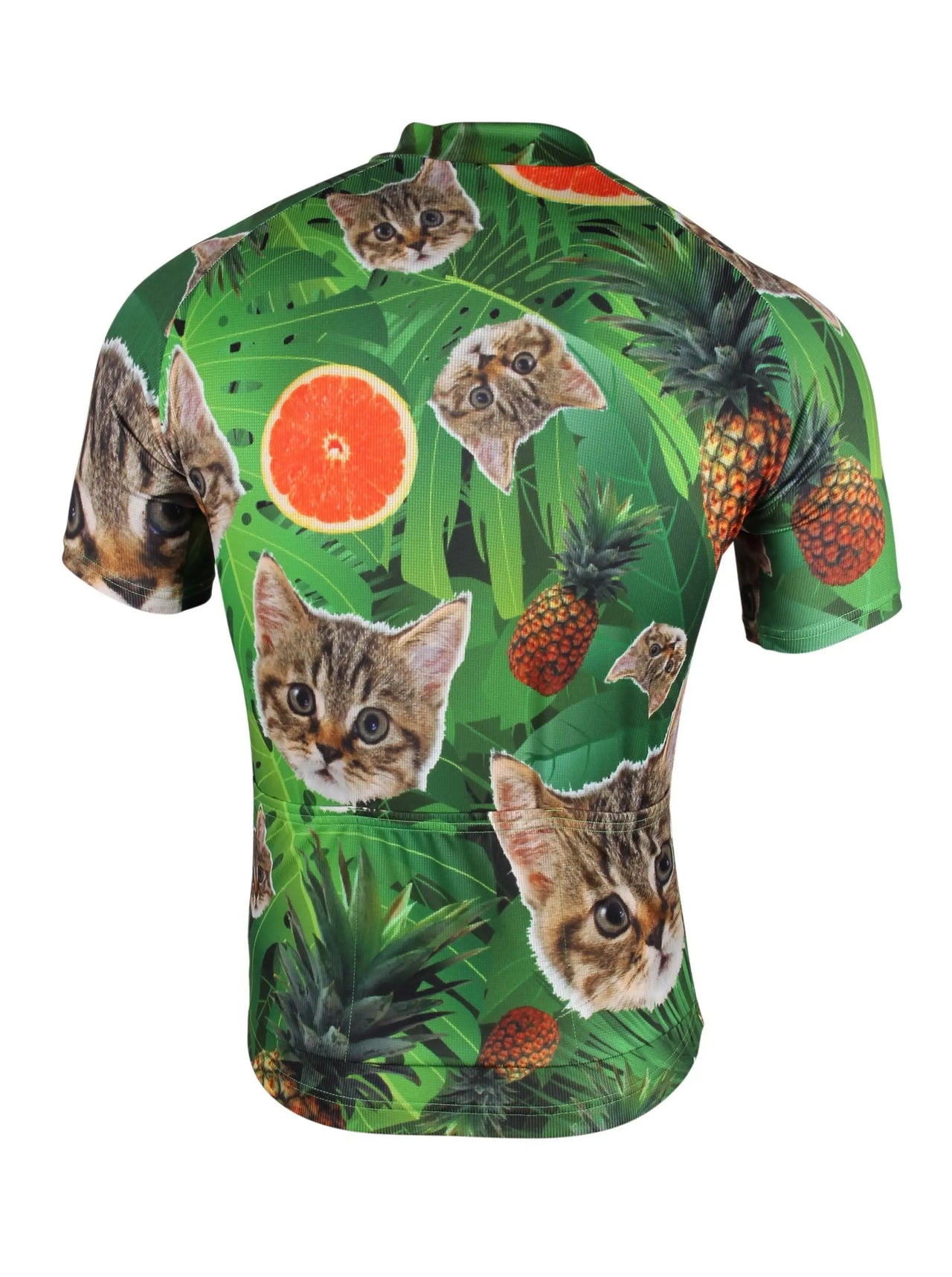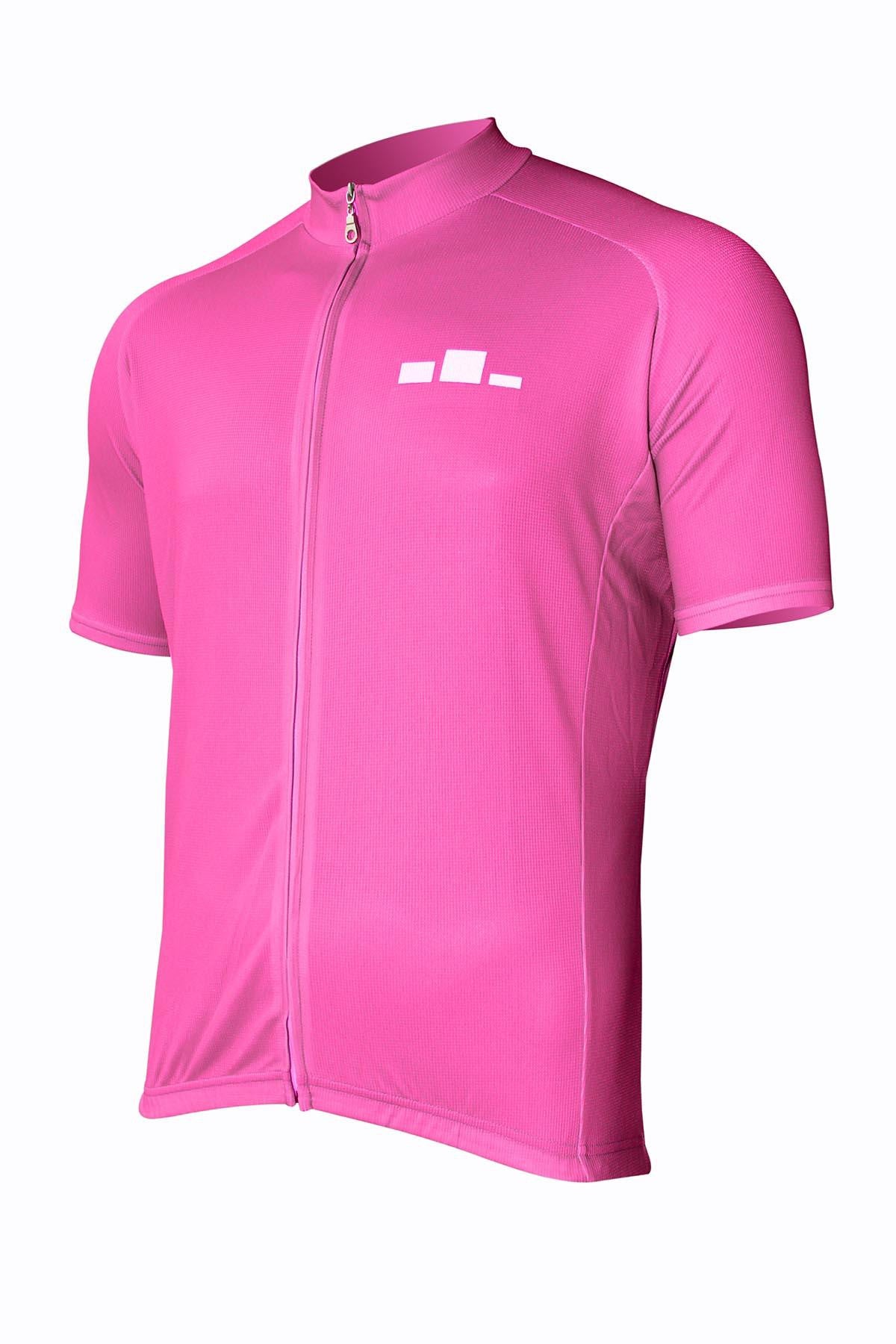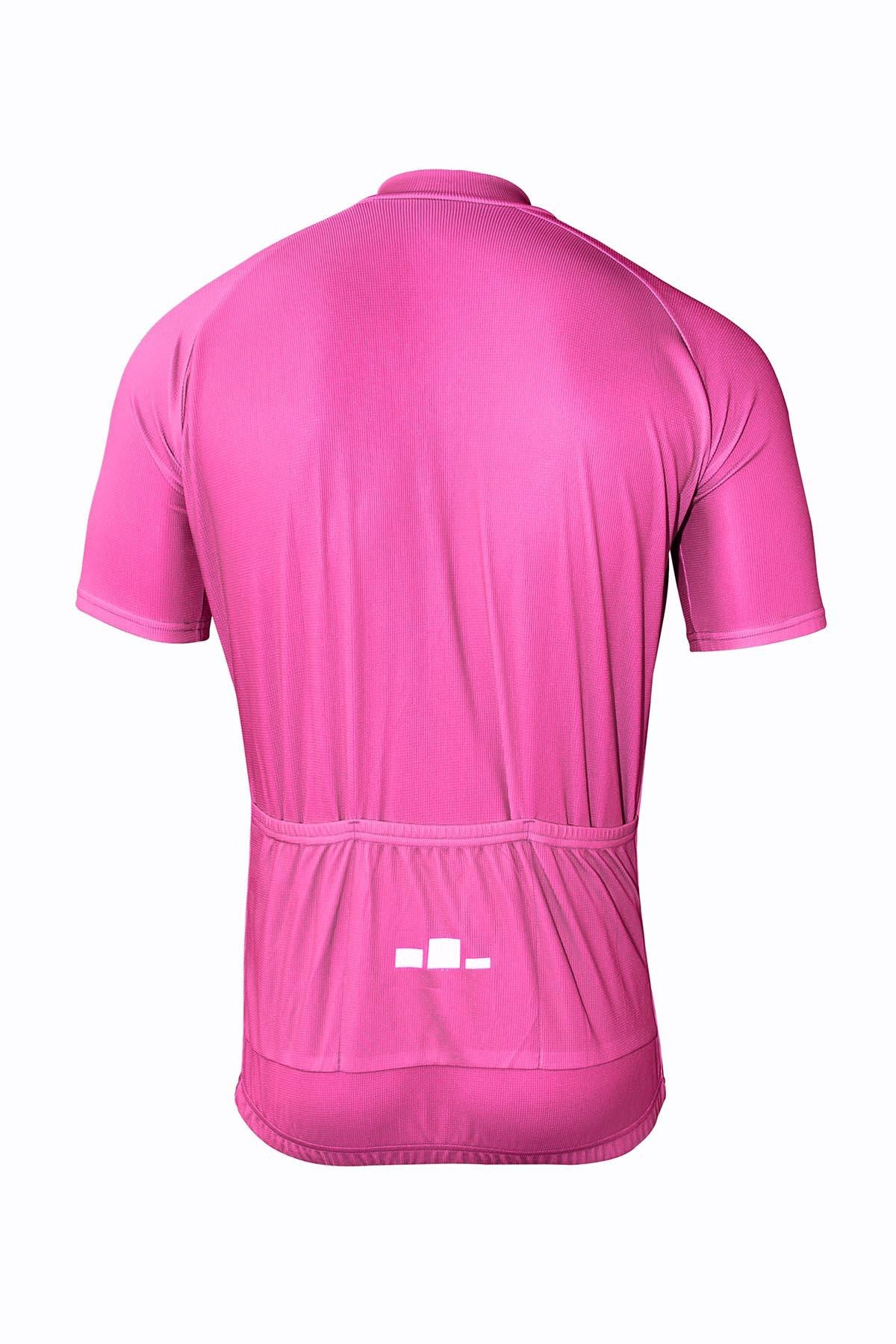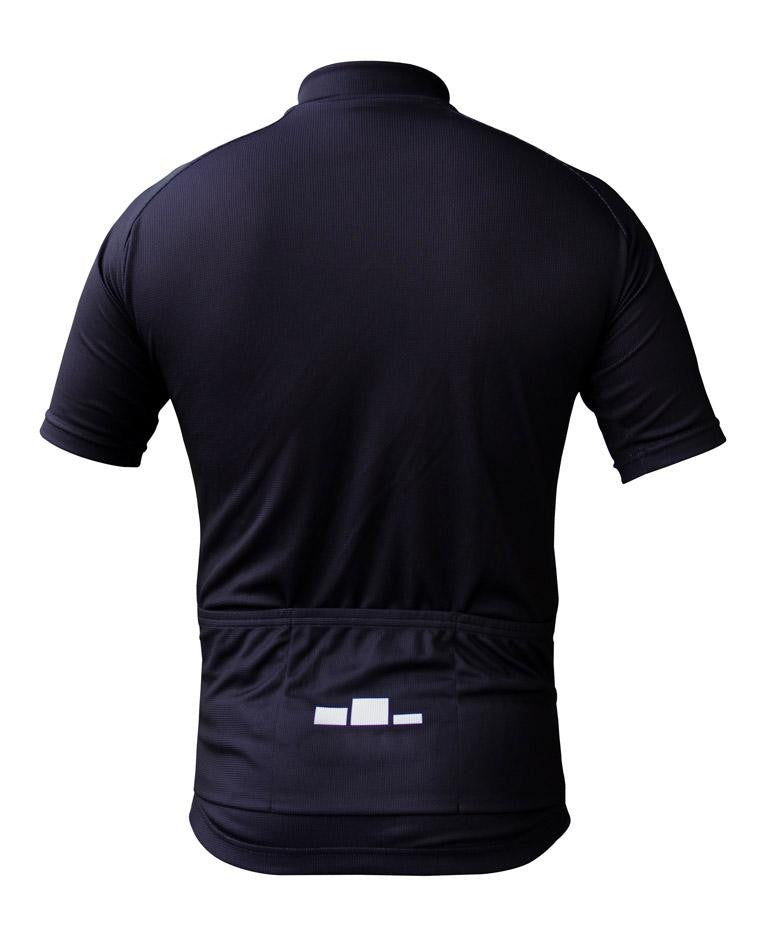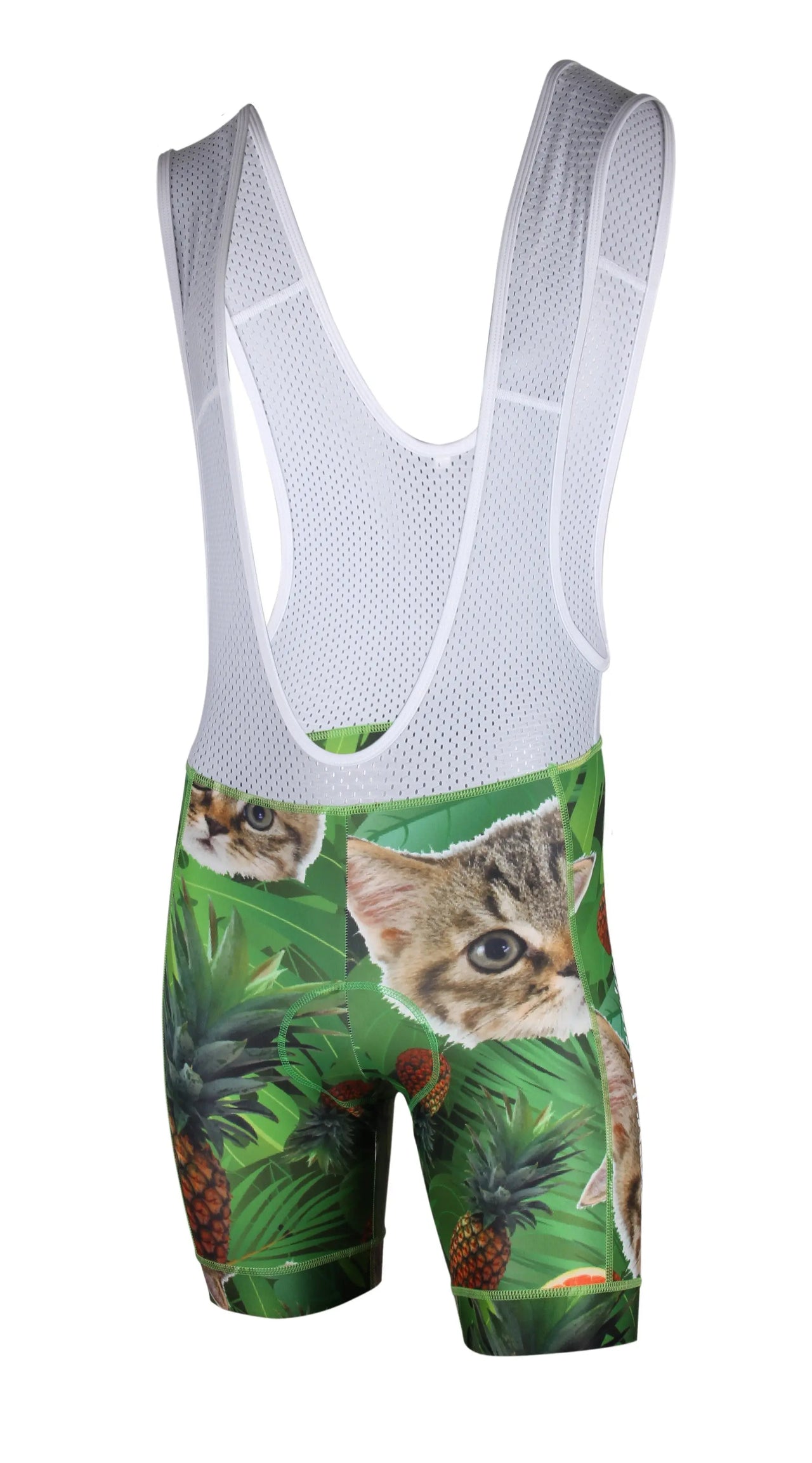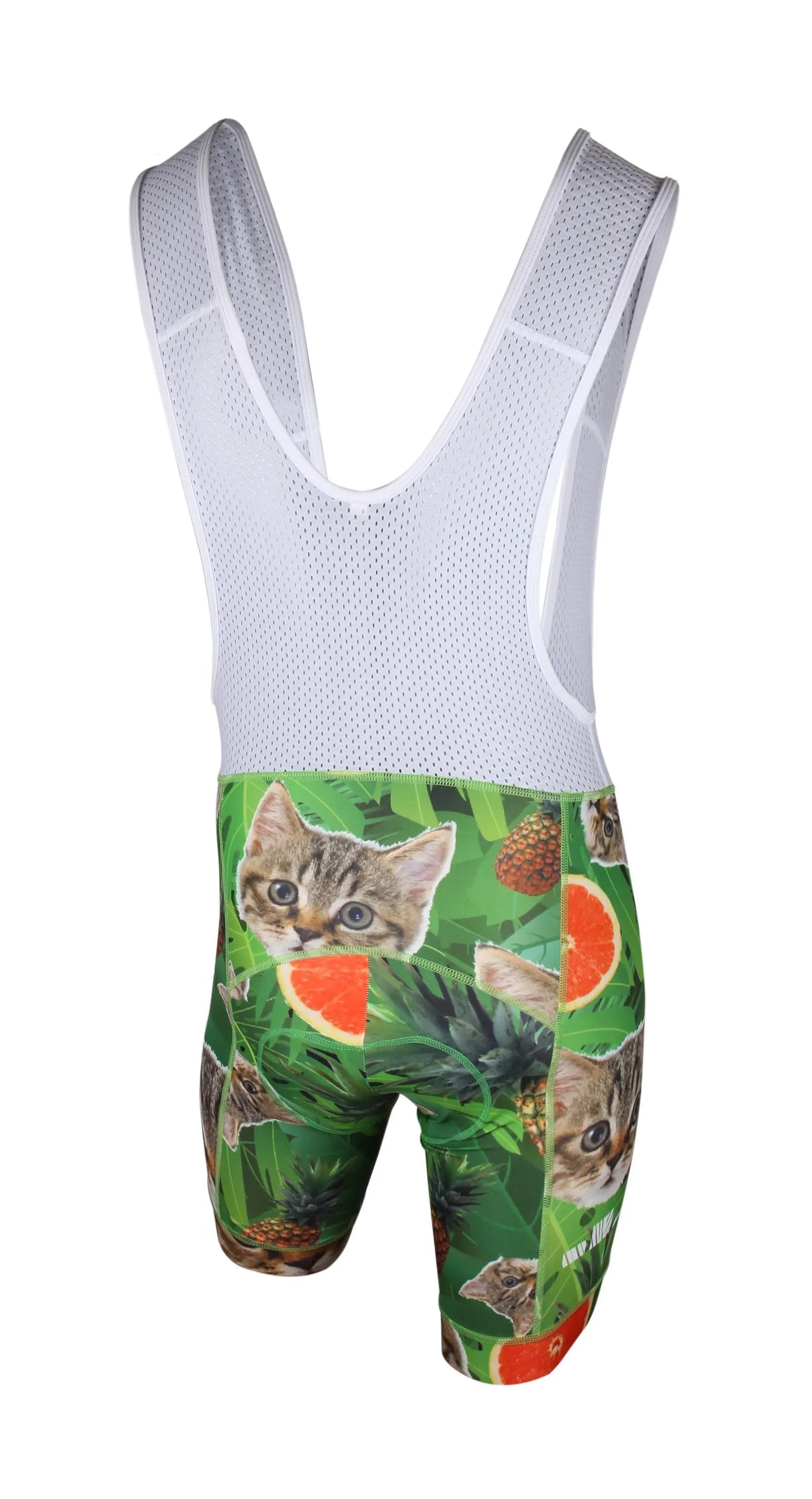1950 Vuelta A Espana: Stage 1 - Highlights
In the first stage of the 1950 Vuelta a España, Swiss rider Ferdinand Kübler took the victory in a time of 5h 33' 14". Kübler was part of a group of six riders who escaped from the pack early on in the stage, and he then went on to win the sprint finish.
This was the first ever Vuelta a España, and it was held from April 2-22. A total of 84 riders started the race, and only 40 of them finished. The first stage was held over a distance of 195 km, and it started and finished in the Spanish capital of Madrid.
The 1950 Vuelta a España was won by Italian Fausto Coppi, who also won the second and third stages. Coppi went on to win the overall classification by more than half an hour.
In the first stage of the Vuelta a España, which took place on Saturday, the riders had to complete a relatively flat stage of 167 kilometers that started and ended in the Dutch city of Arnhem. The stage was won by the Belgian rider Wout Van Aert, who was also the first rider to cross the finish line in the 2018 Vuelta.
The Vuelta a España is one of the most important and prestigious cycling races in the world, and it is the last of the three “Grand Tours” of the cycling season. The Vuelta is also one of the most difficult races, with riders having to complete a total of 21 stages over a period of three weeks.
The first stage of the Vuelta is always a relatively easy stage, and this year was no different. The riders had to complete a total of 167 kilometers, which is a relatively short distance for a stage in a Grand Tour. The stage started in the Dutch city of Arnhem, and the riders had to complete two laps of a circuit before finishing in Arnhem.
The stage was won by the Belgian rider Wout Van Aert, who is also the current world champion in the time trial. Van Aert is a strong rider, and he was able to take advantage of the fact that the stage was not too difficult. He was able to stay with the leading group of riders, and he attacked in the final kilometer to take the win.
The second-place finisher was the Dutch rider Dylan Groenewegen, who is one of the best sprinters in the world. Groenewegen is a strong rider, and he was able to stay with the leading group of riders despite the fact that the stage was not too difficult. He was able to take advantage of the fact that the stage was not too difficult, and he was able to sprint to the finish to take second place.
The third-place finisher was the Italian rider Elia Viviani, who is also one of the best sprinters in the world. Viviani is a strong rider, and he was able to stay with the leading group of riders despite the fact that the stage was not too difficult. He was able to take advantage of the fact that the stage was not too difficult, and he was able to sprint to the finish to take third place.
The fourth-place finisher was the German rider John Degenkolb, who is also one of the best sprinters in the world. Degenkolb is a strong rider, and he was able to stay with the leading group of riders despite the fact that the stage was not too difficult. He was able to take advantage of the fact that the stage was not too difficult, and he was able to sprint to the finish to take fourth place.
The fifth-place finisher was the French rider Nacer Bouhanni, who is also one of the best sprinters in the world. Bouhanni is a strong rider, and he was able to stay with the leading group of riders despite the fact that the stage was not too difficult. He was able to take advantage of the fact that the stage was not too difficult, and he was able to sprint to the finish to take fifth place.
The 1950 Vuelta a España was the first post-World War II edition of the Vuelta a España, one of cycling's Grand Tours. The race was won by Swiss rider Ferdinand Kübler.
Kübler's victory was popular among the Spanish fans, as he was the first non-Spanish rider to win the Vuelta. He went on to win two more stages, and finished the race with a comfortable lead over his nearest rival.
The 1950 Vuelta was a historic race, and one that set the stage for many more exciting editions of the Vuelta in the years to come.


